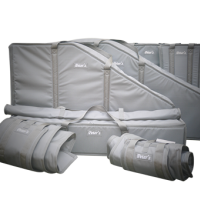Exceptional Closure for Easter
On Friday, April 18th, our workshops will be closed for the Easter weekend. We’re putting down the rivet guns and picking up some chocolate instead.
Back in action on Tuesday, shell-free but all smiles!
Thanks for your understanding.
Close
Xylophones
The origins of the xylophone are hard to trace. They are plural and distant, in provenance of Asian and African continents. The xylophone has spread in Europe during the Crusades. The french composer Camille Saint-Saëns was one of the first to use the xylophone in an orchestra pieces.
Xylophones: keyboard percussions & idiophones
The origins of the xylophone are hard to trace.They are plural and distant, in provenance of Asian and African continents. The xylophone has spread in Europe during the Crusades.
The french composer Camille Saint-Saëns was one of the first to use the xylophone in an orchestra pieces.
At the beginning of the 1900's, the instrument quickly imposes itself in the orchestral works. It contributed to give the percussions stand a place of choice.
The xylophone is composed of :
- A keyboard:
The bars of a xylophone are placed the same way as on a marimba. They're made out of African Padouk, in Light rosewodd, in Honduras Rosewood, or even a composit substitute.
Each wood offers different caracteritics on hardness, sonority, etc... The woods are chosen depending on the use : entry level, study, concerts, etc..
The lenght of the bars decreases according the pitch of the note. Higher the note is, smaller the bar will be. The bars of the xylophone expend from 3 to 4 octaves (from C4 to C8) depending on the brands and models. Some studying instruments are proposed with 2 ½ octaves. - Resonators:
They are located under the bars, in vertical position. They're metalic tubes that amplifies the sound of the bars. They are of different lenght and shape depending on the brand and model. - A frame:
It is a frame the maintain the keyboard and the resonators. Its structure can be in wood or in metal. It can be adjustable in height or fixed.
The xylophone is played with 2 sticks.
Rythmes & Sons proposes xylophones from major brands in the market such as : Adams, Concorde, Musser, Yamaha,Saito, Studio 49.
We also offer transport bags/cases and flight cases to protect your instruments during storage or when traveling.
Do not hesitate to contact us for any additional information or request for a quote!
Back to menu
Keyboards



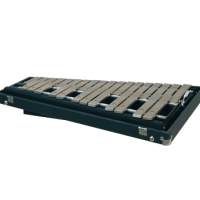
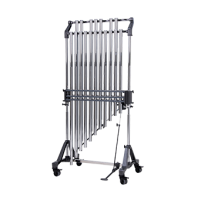
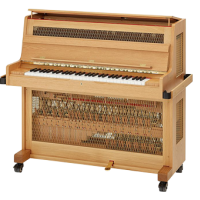
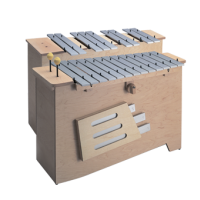

Timpanies





Skin Percussion Instruments










Wood






Metal Percussion Instruments
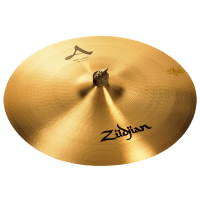









Effects instruments


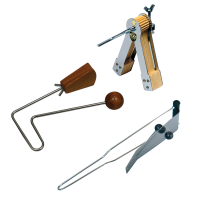



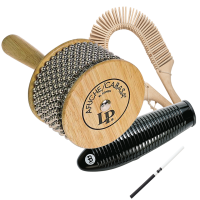
Mallets & Drumstick cases
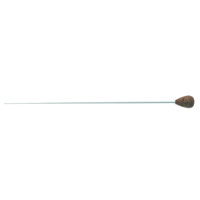
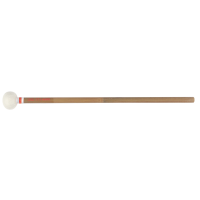



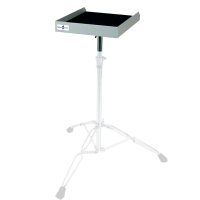
Stands & accessories






Flight cases & Hardcases for Instruments






Good deals
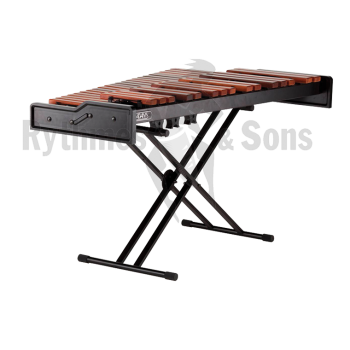
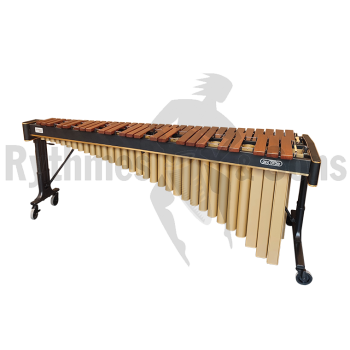
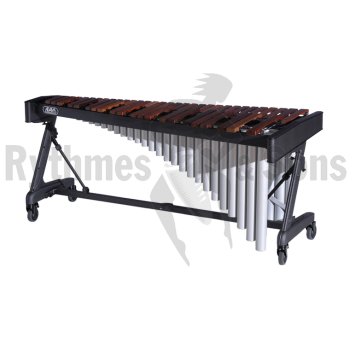


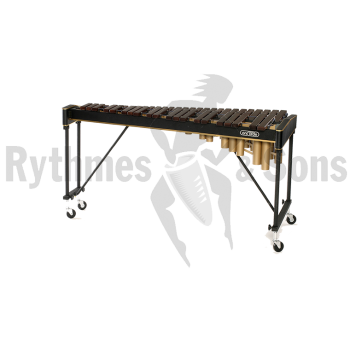

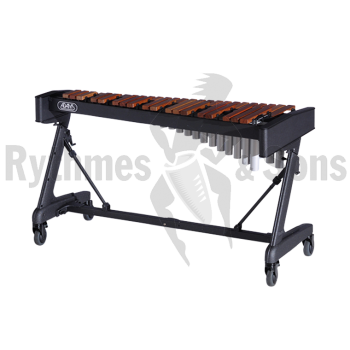
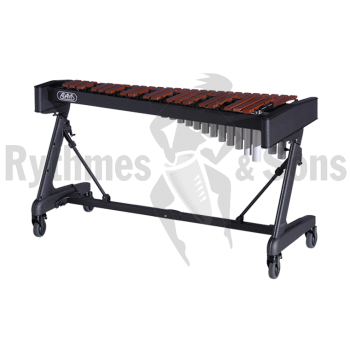

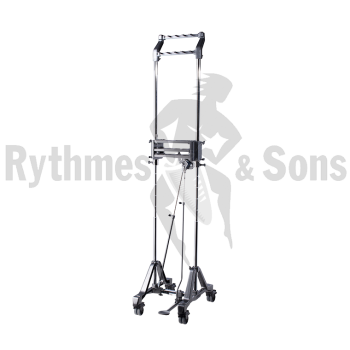

Marimbas




Xylophones




Vibraphones




OPEN-U®


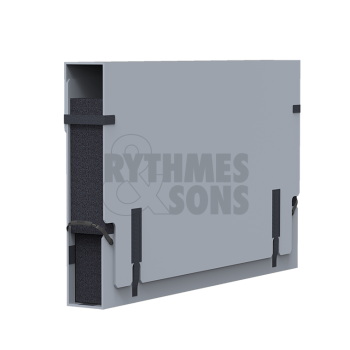
ADAMS



BALTER MALLETS



BERGERAULT


BLACK SWAMP



CADESON



CAPELLE



CHALKLIN



CONCORDE



EVANS


ISTANBUL AGOP



GROVER



JG PERCUSSION



KANGABA



KONIG & MEYER (K&M)

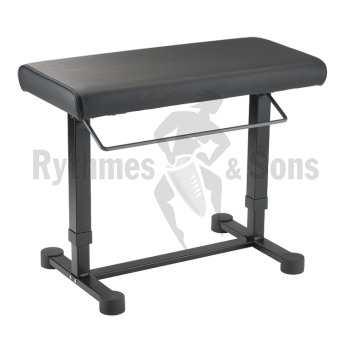

LP



LUDWIG



MAJESTIC



MALLETECH



MARIMBA ONE



MEINL



MUSSER



OPENROAD®
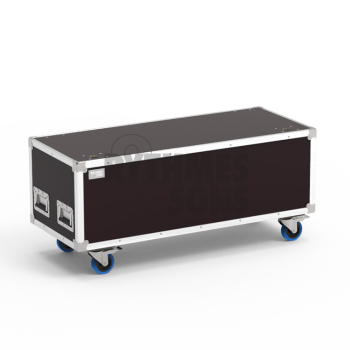



PAISTE



PREMIER



REMO



RYTHMES & SONS



RYTHMES & SONS (flight-cases)
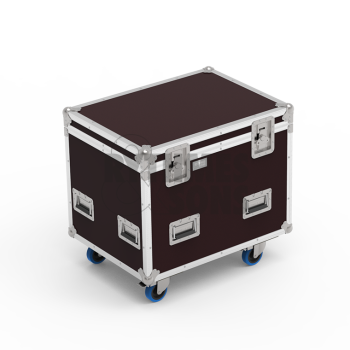

800x600xH800
+drawers+shelves removable

SABIAN



SCHIEDMAYER



SCHLAGWERK



STUDIO 49



VIBRAWELL



VIC FIRTH



Back to menu



